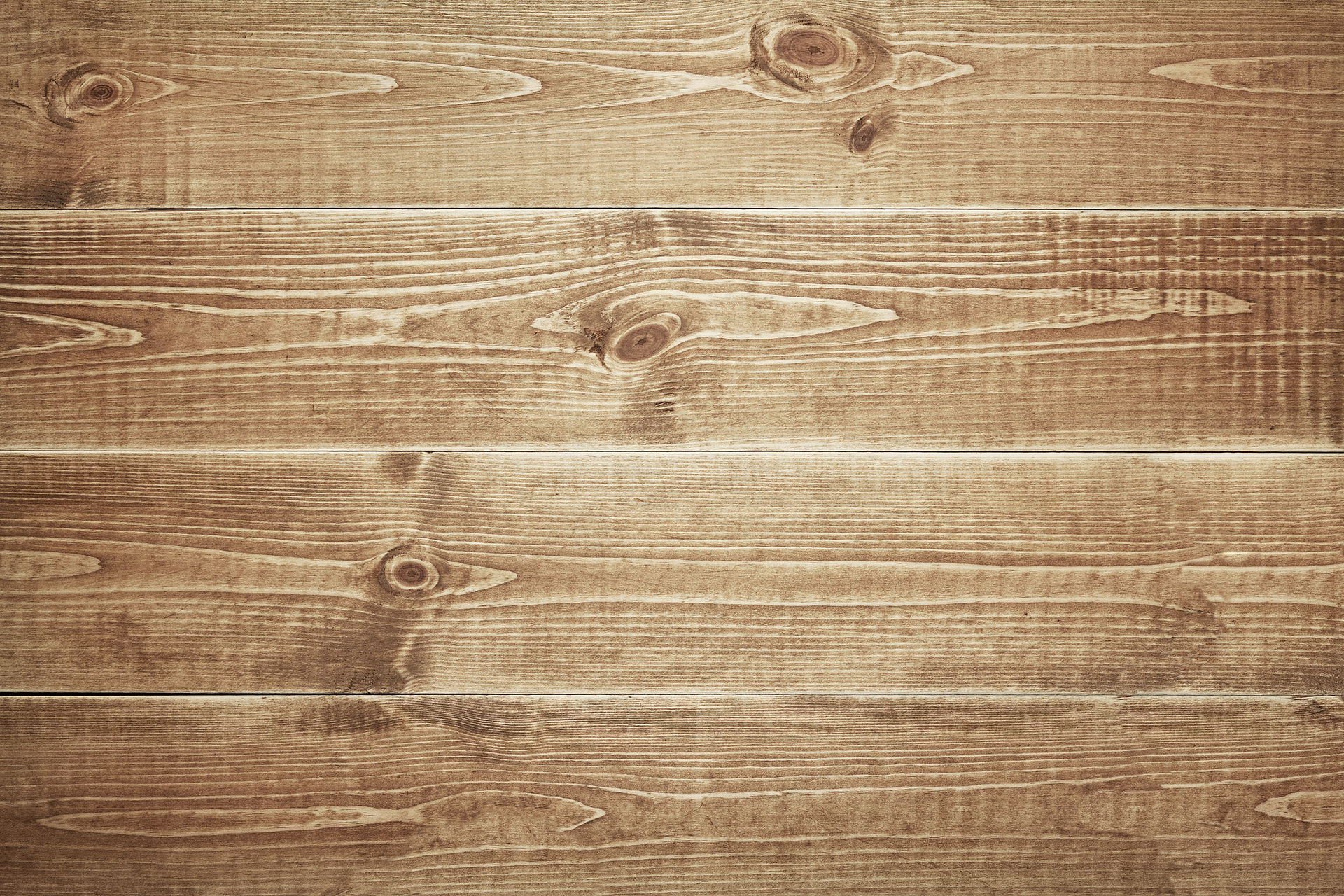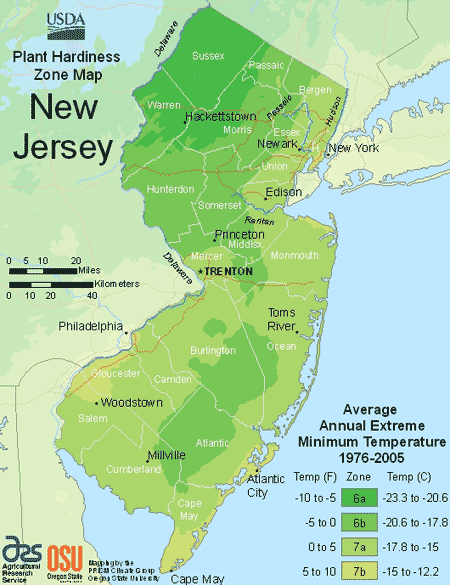


closed august for reorganization for the 2019 fall season
*Spring*Summer* Fall* & *Christmas
Reopening September 3rd for the Fall 2019 Season

Your plants are only going to treat you as good as you treat them. A proper watering schedule as well as initial and ongoing fertilization is CRITICAL. Insure your investment!
Check out ESPOMA's extremely informational and short videos to help you determine the type of feed you need to maintain optimal color and long lasting blooms.
WHY do I need to fertilize? (3 min)
Which fertilizer for my plants? (5 min)
I just bought plants. What fertilizers do I need? Do I mix it in? (1 min.)

The 2012 USDA Plant Hardiness Zone Map is the standard by which gardeners and growers can determine which plants are most likely to thrive at a location. The map is based on the average annual minimum winter temperature. Most plants found at our nursery are hardy within the 6-7 zone range. Plants not in this range may be taken indoors during cool seasons or it is understood that they don't survive through the winter. (tropical palms and tropical shrubbery).
PLANT HARDINESS ZONES
What do those growth rates on the signs mean?
Slow Grower
A “slow” growth rate is considered to be 12″ or less per year, under 1 foot of growth annually.
Moderate Grower
Moderate growers will grow 13″-24″ per year, roughly 1-2 feet.
Fast Grower
Fast growing plants will average over 25″ (2+ feet) of grow per year.
The “rate of growth” references the increase in height. Once a fast growing plant has reached its mature height, its growth will slow down drastically.
Growth rate also depends on how tall and wide a plant species will reach at maturity. Flowering annuals or vegetables may be considered “fast growers” but only reach a mature height of 1-1.5 feet tall.
A “slow growing” plant may grow annually less than 6", but keep on growing to reach a maximum height that can be quite tall!
Lastly, the most important factor is location within its hardiness zone and how well it has been maintained.
Gardening Cheat Sheets
These visuals can help simplify your common questions about fertilizing as well as reasons why your plant may be turning yellow and ways to fix it!

If your plants are turning yellow then this awesome visual cheat sheet will help! Thank you ‘Safer”!
